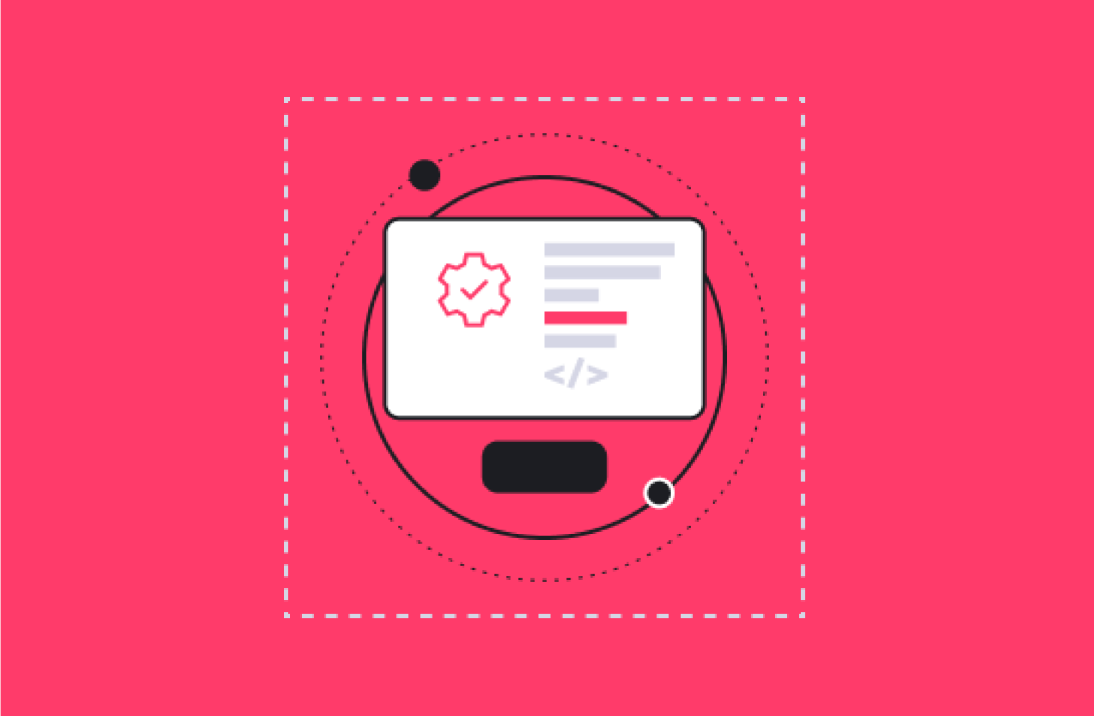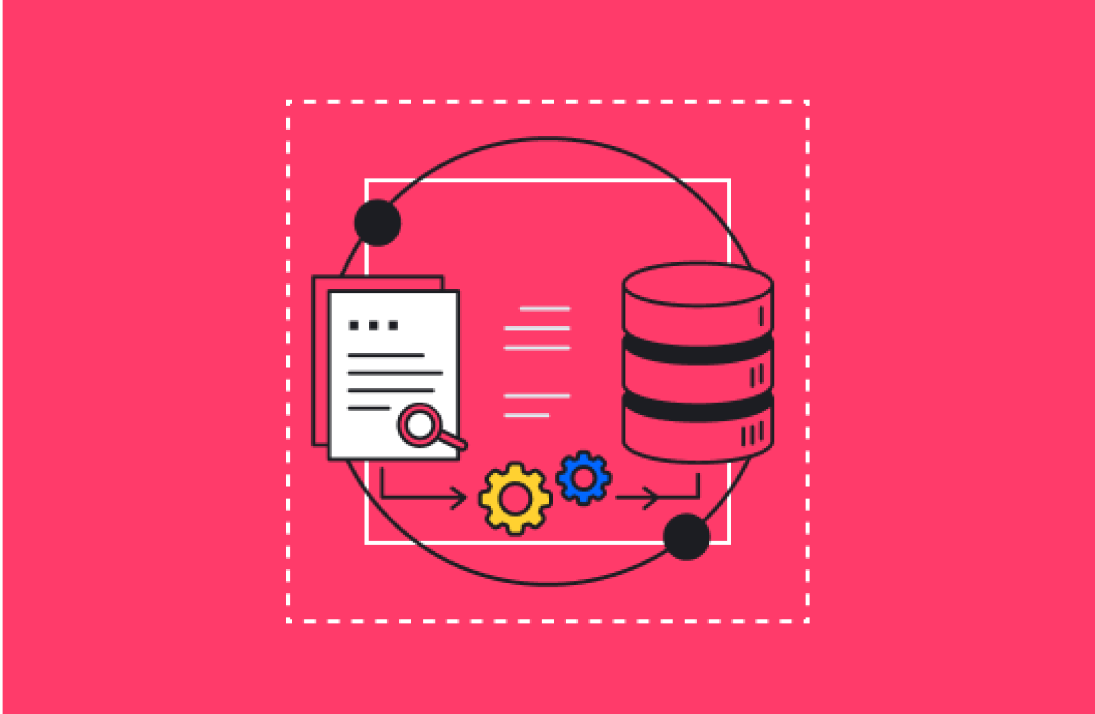When you’re setting up an email platform for the first time, you might hear about deliverability. This refers to how likely your emails are to get in front of people. Deliverability drops with high bounce rates, spam complaints, and low open rates. With more emails being sent than ever before, it’s harder than ever to get in people’s inboxes and be seen.
Further complicating things is the fact that deliverability highly relies on reputation. A new IP can have a low reputation, resulting in low deliverability. So how do you build reliability and improve deliverability?
Because email is one of the most important channels for businesses, warming your IP and improving sends is a high priority. Here are six ways to increase deliverability for your first sends and improve email engagement over time:
Clean your email list
Use a service like Neverbounce to verify email addresses before you send. Even if you’re sending to a list you trust, you’ll still find invalid emails that would otherwise bounce. This is especially true for B2B businesses, where people leave companies without updating contact information.
Set Up Your Preference Center
Cut down on unsubscribes by asking people to Manage Preferences instead of simply clicking Unsubscribe. Set up subscription types and accurately describe each one to let people know what to expect - whether it’s a marketing newsletter, product updates, industry news, etc.
You can also include how often they can expect to receive emails to further guide people to choose to adjust their subscriptions instead of fully unsubscribing.
Start with Your Most Engaged Audience
If you have any send history from a previous provider, create a list based on people who are the most likely to open your messages. For some companies, this is their current customers. Others may want to focus on recent subscribers.
Additionally, send content that people can interact with. Ask members to set their permissions, send an engaging piece of content, or provide a special offer. The more people that open and click, the better.
Send in batches
Although we rely on HubSpot’s email service, they don’t currently offer the built-in ability to batch emails. But, anything is possible with workflows. One way we achieve batching is by building a workflow breaking down the email list into pieces (such as by the letter the email address begins with) and setting delays for the send.
Alternatively, on the Send & Schedule screen of the HubSpot email builder, you can select to Send based on recipients time zone. This batches emails across a few different hours, though this obviously doesn’t help if most of your customers are in one geographic area.
Send emails often
According to SendGrid, reputation systems only store data for 30 days. That means that if you use a dedicated IP add-on, you shouldn’t go more than 30 days without sending an email. Otherwise, you’ll need to warm it up again. Additionally, by sending emails regularly to your audience, you’ll see bounces and opt-outs spread out through the month instead of all at once during one large send.
Analyze & improve
Use reporting features to see what content your subscribers are interacting with. If an email has a high level of spam complaints and unsubscribes, look at how this message differs from the others in content and tone. This is also why detailed preference centers are helpful, as they allow people to choose which messages they receive.
Then, use A/B testing and smart content to personalize your emails; you can base this on factors like persona or lifecycle stage. With advanced email features like those in HubSpot, you can build campaigns that perform better every time you send.
Choose a shared vs. dedicated IP
We rely on HubSpot’s email system for its dedication to deliverability. HubSpot’s email platform is extremely reliable because it shares IP addresses across companies. By requiring that emails meet certain deliverability requirements, they protect their reputation resulting in better sends for all their customers.
Because of their focus on deliverability, if your emails perform poorly, your email send will be completely stopped. If you continue to have high bounces and spam complaints, you won’t be able to send emails using the HubSpot IP.
Optionally, you can add on a dedicated IP to your HubSpot account if you want total control over your email reputation. It’s quick to set up, but you’ll want to spend extra effort on warming the IP and protecting your deliverability.
Ready to kick-start your company’s email strategy? Talk to us about what you want to achieve, and we’ll help build out your email program. Whether it’s your first send or you have a seasoned list, we can help you get the most out of email marketing. Learn more about demand generation by Aptitude 8.

.png)




